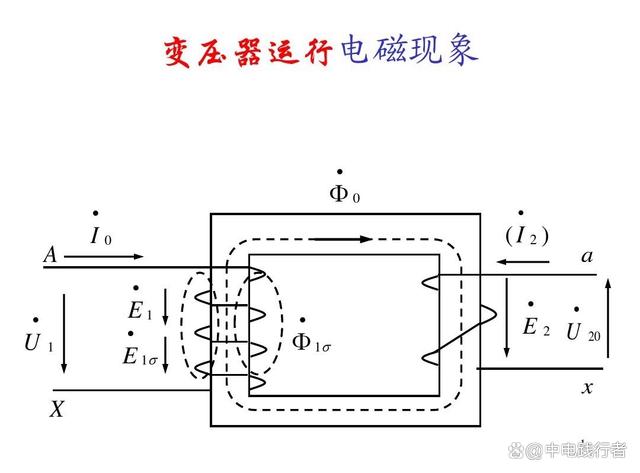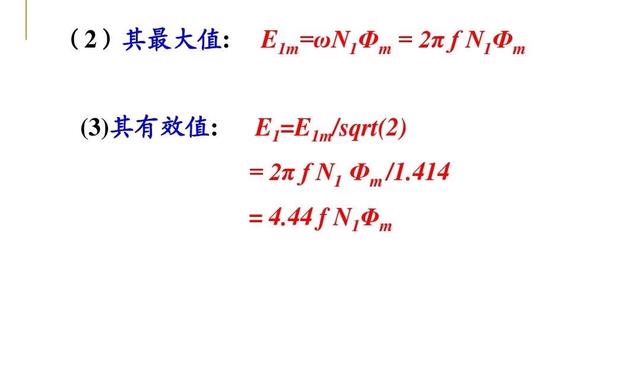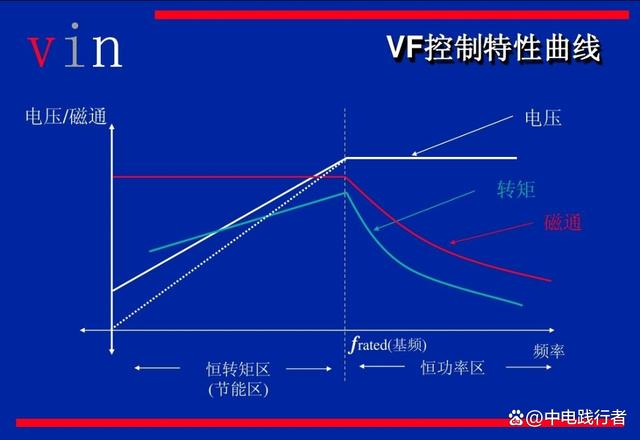-
Mail us
contact@tiger-transformer.com -
Phone us
(+86)15655168738
Mail us
contact@tiger-transformer.comPhone us
(+86)15655168738In the article "Magnetic Flux", constant magnetic flux was mentioned. A friend left a message saying, why is the magnetic flux a constant and equal to the ratio of voltage and frequency?
Actually, this issue has been introduced in the previous article, and it was mentioned when introducing the no-load operation of the transformer.
As long as a transformer is energized and has voltage, it will generate current, and the loss caused by this current is copper loss. The alternating current will produce alternating magnetic flux in the magnetic circuit, and the alternating magnetic flux will produce reverse electromotive force. In this way, the loop equation can be listed according to KVL: U=-E-Eδ+Ir.

Note, this is a phasor formula, I really don’t know how Add dots to the letters, so I explain, U is the power supply voltage, -E is the main reverse potential, -Eδ is the leakage reverse potential, and Ir is the product of the current and the internal resistance of the coil. If we idealize this formula, it becomes U≈-E.
If this U≈-E formula is expressed in effective values, the world-famous 4.44 formula will appear, U≈-E=4.44fNΦm. When this formula is sorted out, it becomes Φm =U/4.44fN, the power frequency f and the number of coil turns N are both constants, so the magnetic flux Φm is a constant, and naturally Φ is also a constant.

If you replace U in this formula with 400V, The frequency is 50HZ, which is certainly true. This is the power frequency operation mode of the motor. If it is switched to variable frequency operation, the voltage will naturally change as the frequency changes, so as to ensure that the magnetic flux Φ remains constant.
In fact, for a transformer, as long as it is completed, the power supply voltage of a finished transformer remains unchanged and the frequency is power frequency operation, its magnetic flux is basically constant. It is constant magnetic flux.
